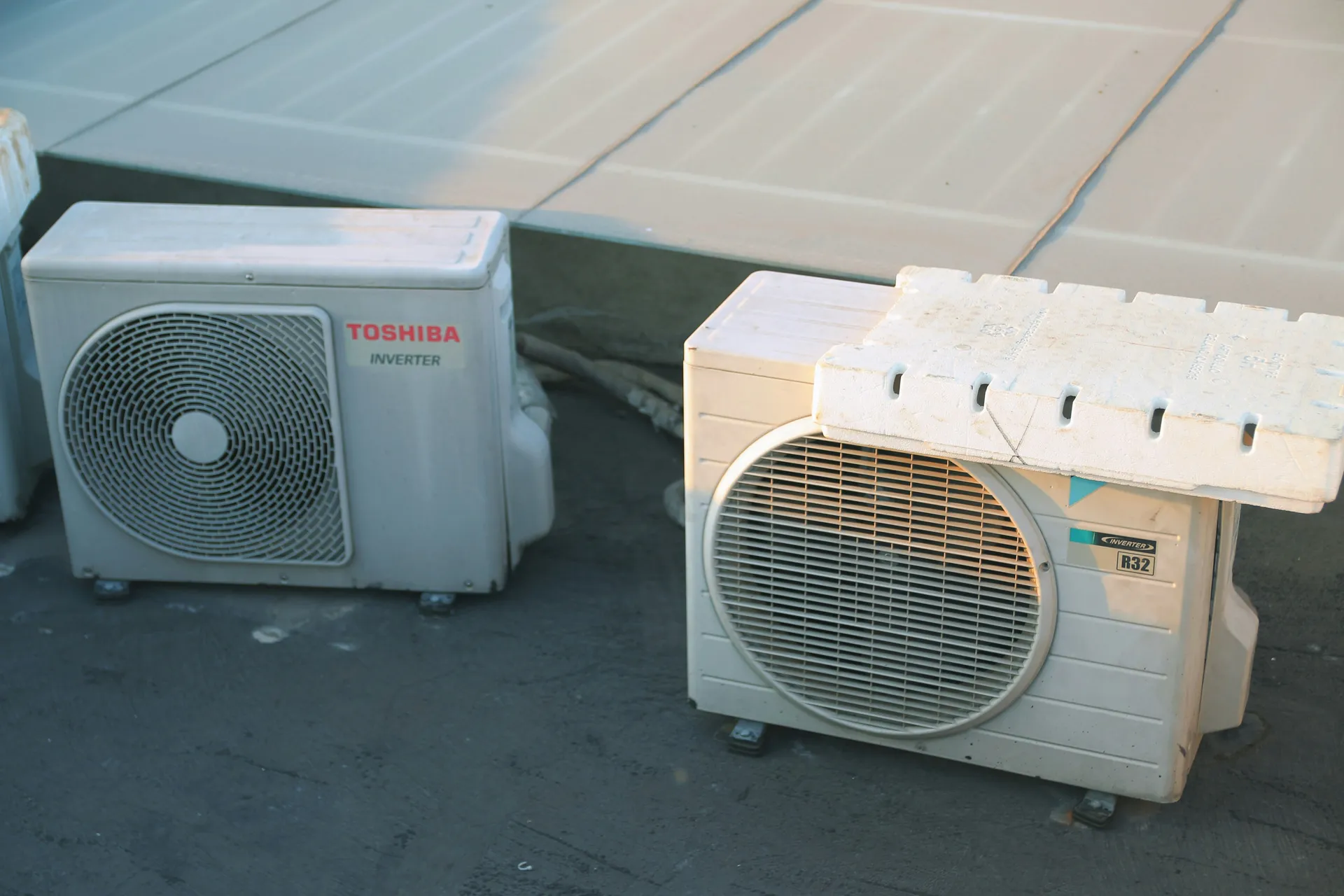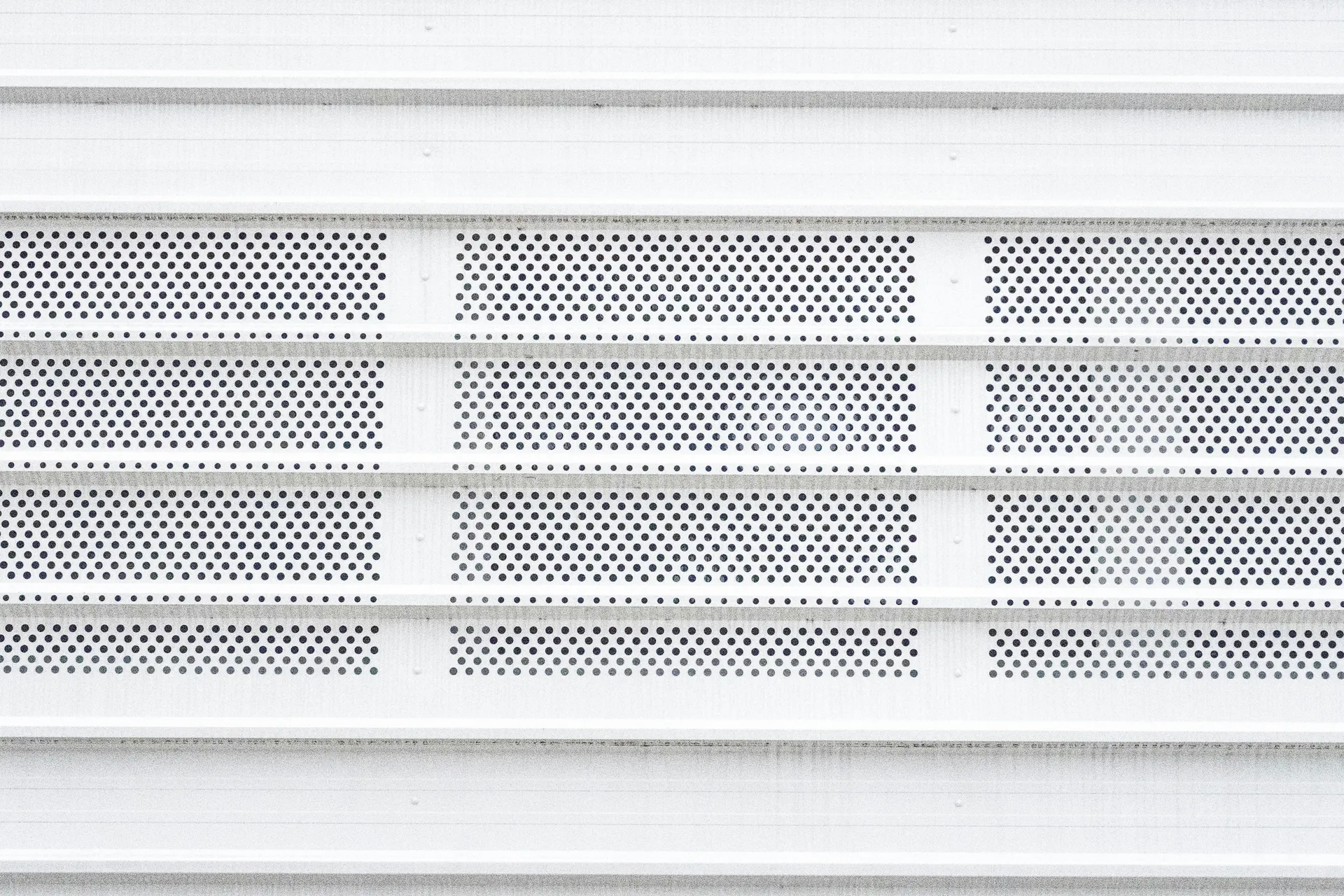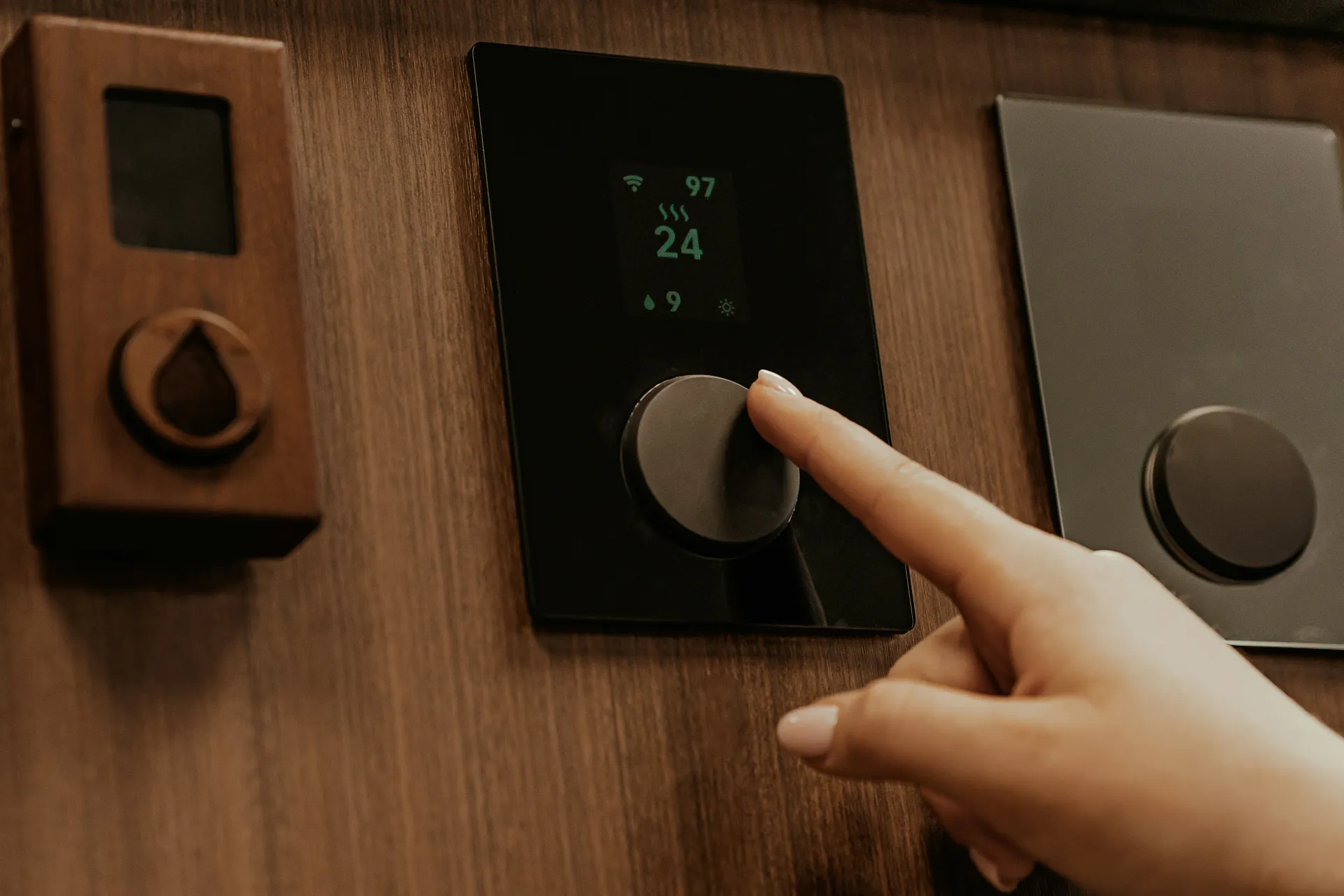
Heat Not Working in House? A Step-by-Step Troubleshooting Guide
When your furnace goes silent on a cold day, a sense of dread can set in. But before you call for an expensive emergency service, it’s important to know that many common heating problems have simple solutions you can safely investigate yourself. As an HVAC professional with over 20 years in the field, I’ll guide you through a calm, logical, and safe troubleshooting process.
This guide is for basic diagnostic steps only. Never attempt to open up your furnace’s main housing, work on gas lines, or handle complex electrical components. If you smell gas, leave the house immediately and call your utility company from a safe distance. For all other complex issues, trust a licensed HVAC technician.
Key Takeaways
- Start Simple: Always begin with the easiest checks: the thermostat settings and the circuit breaker. These two things account for a surprising number of service calls.
- Check Fuel & Filters: Ensure your system has fuel (oil or propane) and that your furnace filter is not clogged, as a blocked filter can shut the system down.
- Listen to Your System: Unusual noises or a system that cycles on and off rapidly are clear signs that you need professional help.
- Safety is Paramount: The smell of gas or any uncertainty about electrical components means you should stop immediately and call a professional.
In my 20 years of service calls, I’ve seen homeowners panic over a $5 thermostat battery or a simple breaker trip. The key is staying calm and working through the basics systematically. You’ll be surprised how often the solution is right at your fingertips.
Quick Diagnostic Checklist
Before diving into detailed troubleshooting, run through this essential checklist:
Pre-Troubleshooting Safety & Basic Checks
7 Steps to Diagnose Why Your Heat Isn’t Working
Follow these steps in order. Do not skip a step, as they are designed to move from the simplest and safest checks to more complex indicators.
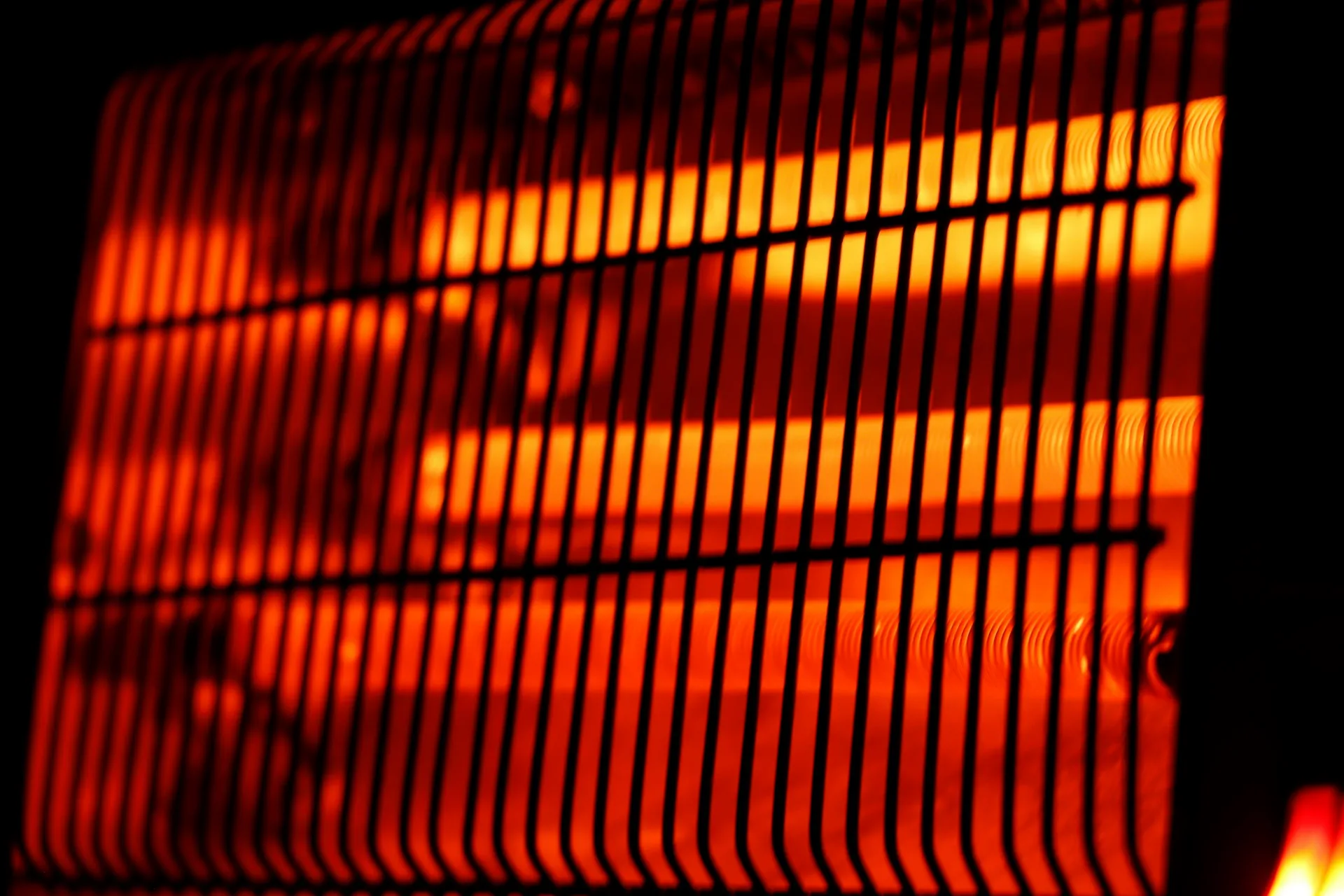
Step-by-Step Guide
Step 1: Check the Thermostat
This may seem obvious, but it’s the number one source of “no heat” calls.
- Ensure it’s set to “Heat”. Make sure it wasn’t accidentally switched to “Cool” or “Off”.
- Raise the temperature. Set the target temperature at least 5 degrees higher than the current room temperature.
- Check the batteries. If it’s a digital thermostat, dead batteries will prevent it from sending a signal to the furnace. Replace them if the screen is blank or dim.
Potential Savings: $100 - $150 (the cost of a basic diagnostic service call).
Step 2: Check the Circuit Breaker
The furnace has its own circuit in your home’s electrical panel.
- Locate your breaker box.
- Look for the breaker labeled “Furnace,” “Heater,” or “HVAC.”
- If it’s tripped (in the middle position) or off, switch it fully to “Off” and then back to “On”.
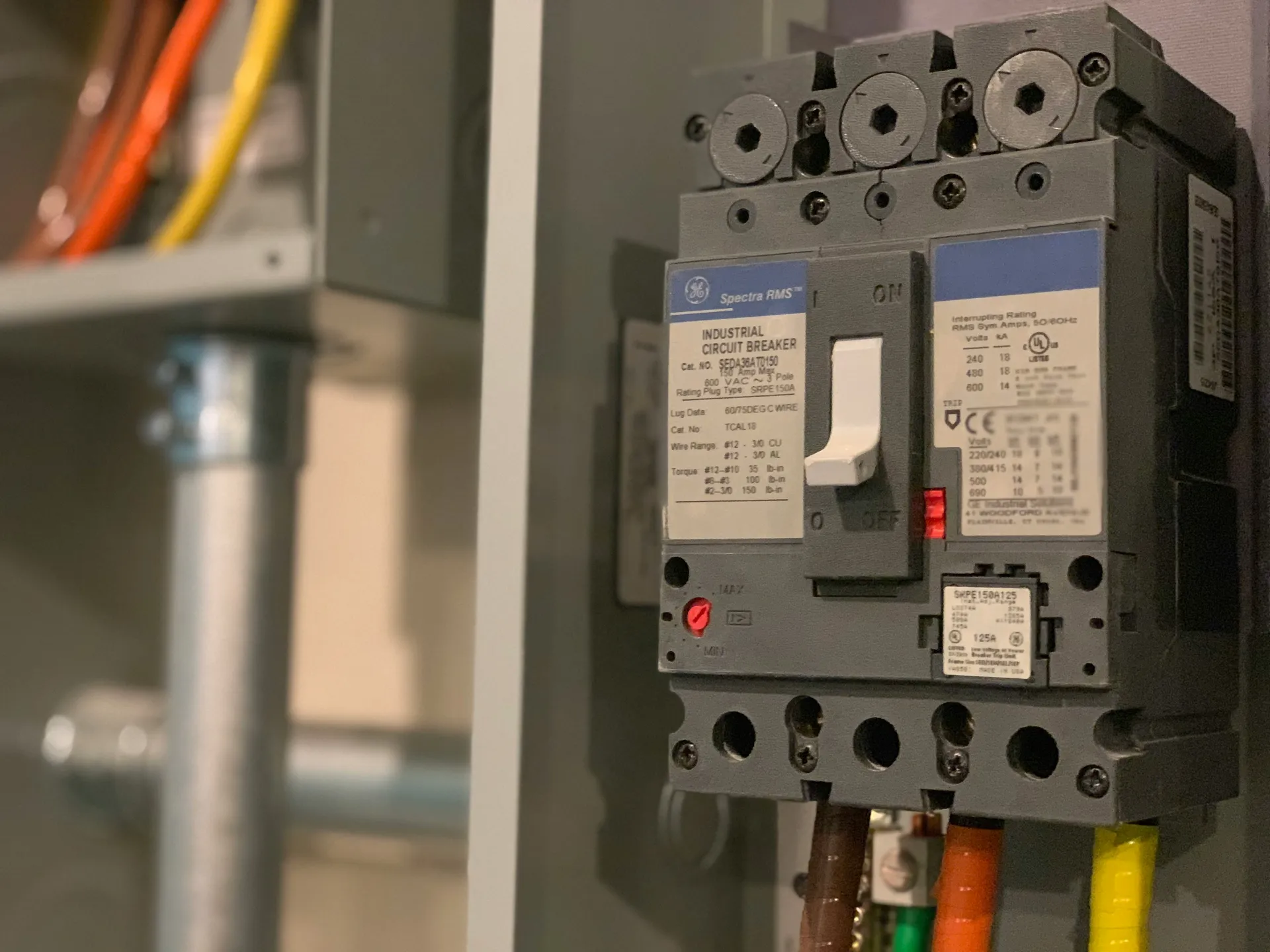
If the breaker trips again immediately, you likely have an electrical problem. Do not reset it again. Call an HVAC technician.
Potential Savings: $100 - $150 (service call fee).
Step 3: Check the Furnace Power Switch
Most furnaces have a dedicated power switch that looks like a standard light switch. It’s often located on the side of the furnace itself or on a nearby wall. Ensure this switch is in the “On” position. It can sometimes be mistaken for a light switch and turned off accidentally.
Potential Savings: $100 - $150 (service call fee for a simple power issue).
Step 4: Check Your Fuel Source
Your furnace can’t produce heat without fuel.
- For Natural Gas Furnaces: This is rarely the issue unless the utility has shut off service.
- For Propane or Oil Furnaces: Go outside and check the gauge on your tank. Many homeowners simply run out of fuel. If the tank is empty or very low, you’ll need to call your fuel supplier for a delivery.
Potential Savings: $150 - $200 (emergency service call plus diagnostic fee).
Step 5: Check the Furnace Filter
A severely clogged air filter can restrict airflow to the point that it triggers a safety switch, shutting down the furnace to prevent overheating.
- Locate the filter compartment on your furnace.
- Slide out the old filter.
- Hold it up to a light. If you can’t see light through it, it’s long past due for a change.
- Replace it with a new, clean filter of the correct size.

Potential Savings: $100 - $200 (a service call fee plus the premium a technician might charge for the filter itself).
Step 6: Check the Condensate Drain Line
High-efficiency furnaces produce condensation, which is drained away through a small pipe (usually PVC). If this line becomes clogged, a safety float switch will shut down the furnace to prevent a water leak. Check the line for any visible clogs or blockages.
Potential Savings: $150 - $250 (service call for condensate system cleaning).
Step 7: Check for Blocked Vents
- Intake & Exhaust Vents (High-Efficiency Furnaces): If you have plastic (PVC) pipes coming out of the side of your house, go outside and ensure they are not blocked by snow, ice, leaves, or animal nests. A blockage will trigger a pressure switch and shut down the furnace.
- Registers & Vents Inside: Make sure your supply and return air vents inside the house are not blocked by furniture or rugs.
Potential Savings: $125 - $225 (service call to diagnose pressure switch or airflow issues).
Typical Repair Timeline & Costs
Project Timeline
DIY Troubleshooting
30-60 minutesWork through the 7-step diagnostic process
Service Call Scheduling
Same day to 3 daysEmergency services available for urgent situations
Professional Diagnosis
1-2 hoursTechnician identifies the root cause and provides estimate
Repair/Replacement
2-8 hoursTime varies greatly depending on the specific issue
When to Call a Professional
If you’ve gone through all the steps above and the heat is still not working, it’s time to call a licensed HVAC professional. The issue is likely more complex, such as:
Common Professional HVAC Repair Costs
| Repair Type | Typical Cost Range | Notes |
|---|---|---|
| Ignitor Replacement | $150 - $300 | One of the most common furnace repairs |
| Flame Sensor Cleaning/Replacement | $80 - $250 | Often the cause of a furnace that starts then stops |
| Blower Motor Replacement | $450 - $900 | Critical component for air circulation |
| Draft Inducer Motor | $400 - $750 | Necessary for proper ventilation |
| Control Board Replacement | $500 - $1,200 | The 'brain' of your heating system |
| Pressure Switch Replacement | $150 - $350 | Safety component that can cause no-heat situations |
| Gas Valve Replacement | $300 - $600 | Controls the flow of gas to your furnace |
| Complete Furnace Replacement | $3,500 - $8,000 | When repairs exceed 50% of replacement cost |
Facing multiple HVAC issues? When repair costs start adding up, it might be time for a system upgrade. Use our HVAC replacement calculator to budget for a new, efficient system with warranty protection.
Emergency vs. Non-Emergency Situations
Call for Emergency Service Immediately If:
Understanding your home’s systems is key to effective maintenance. For a broader look at all appliances, see our Pillar Guide to Home Systems & Appliances.

